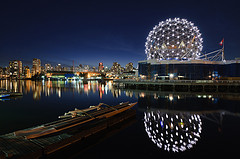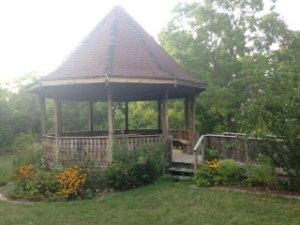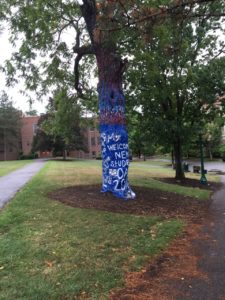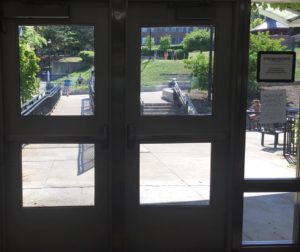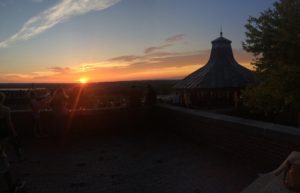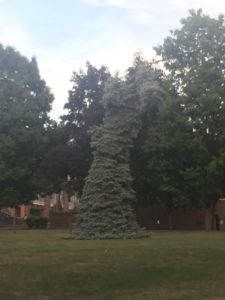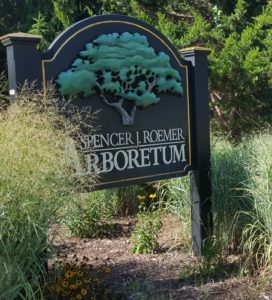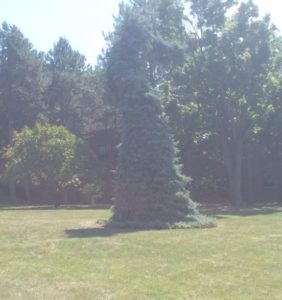Alec Toufexis
INTD-Scientific Writing
Geneseo, New York
The Greek Tree
By Alec Toufexis
From far away it looks as if an outlandish blue tree has taken root in the Sturges quad. However, upon closer inspection, the words, “Geneseo’s Got the Goods” become visible. It is then realized that this tree isn’t the manifestation of some unnatural mutation but is the product of a Geneseo Tradition. Before sororities and fraternities began painting on The Greek Tree during the cover of night, it was just one of the many trees that drape the numerous walkways with their shade.
The Greek Tree, along with it’s neighbor, the Suess Spruce draw many eyes throughout the day, however, only The Greek Tree has managed to withstand the innumerable layers of paint. It embodies the notion that the domains between nature and humans are converging. Upon looking at it, I thought, “How has this tree withstood all of this paint?” and “Why is a prank viewed as a symbol of Geneseo pride?” I guess it symbolizes that the worlds of humans and nature can coincide.
Many people probably think of the tree as an eyesore or a result of a prank. Although there are negative views on the tree, I think of it as more of a triumph. It is amazing that this symbol of Geneseo began as a seed, grew into a large tree, and then finally became part of a student community that for the most part cherishes it.
